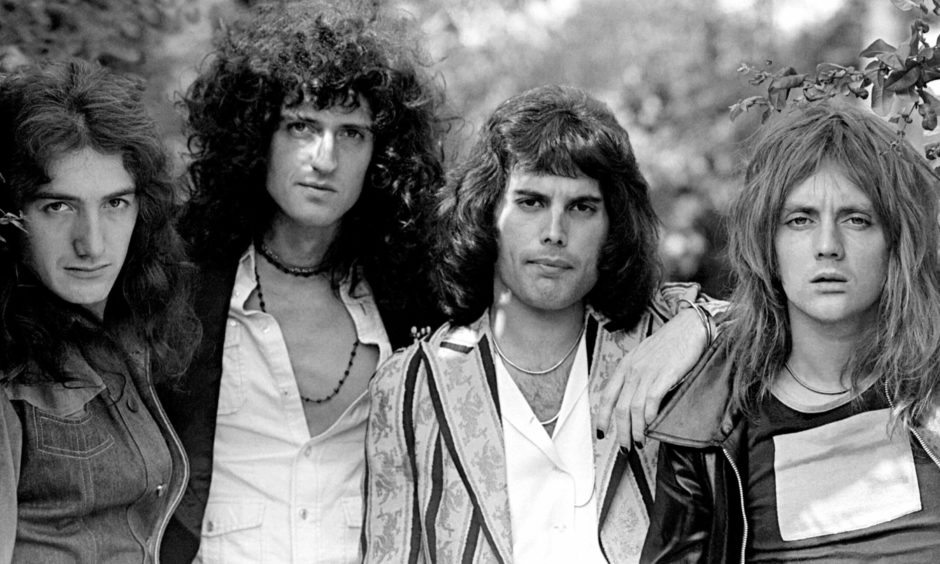
It all began with a curious young boy in the 1950s deriving a kind of magic from a free gift contained in a cereal box.
Ever since that Eureka moment, Brian May, rock musician, record producer, author, astrophysicist, environmentalist and university chancellor, has been in thrall to 3-D cameras and the photography of Aberdeen’s George Washington Wilson.
When most people think about his career, they focus on the prolific guitarist and singer-songwriter who joined forces with Freddie Mercury, Roger Taylor and John Deacon 50 years ago to create a series of massive international hits including Bohemian Rhapsody, Under Pressure, We Will Rock You and We Are The Champions.
Queen were one of the biggest successes at the Bob Geldof-inspired Live Aid event in 1985 and their story and the life of the talismanic Mercury has subsequently been dramatised in the multi-Oscar-winning film Bohemian Rhapsody, starring Rami Malek, whose performance captured the flavour of the flamboyant front man who died at just 45 due to complications from Aids in 1991.
The band could be larger than life, utilising pyrotechics and glittering light shows, with some of their songs – such as Flash, Bicycle Race and Killer Queen – bordering on camp.
But there has always been a more serious side to Dr May, as I discovered when I met him in 2018 at Aberdeen University.
Queen member wrote introduction to book on Aberdeen’s George Washington Wilson
He was championing a new book by his friend Dr Roger Taylor – not the band member – about the life, peripatetic career and pioneering techniques employed by Wilson, the north-east photographer who delighted another Queen – Victoria – throughout the 19th Century.
Dr May was inducted into the Rock and Roll Hall of Fame as a member of Queen in 2001 and, in 2018, they received the Grammy Lifetime Achievement Award.
Yet he had never been interested in being compartmentalised or restricted. And that made his conversation so absorbing when he travelled to the Granite City.
He had written the introduction to a lavishly-illustrated biography of the trailblazing Scot and also designed a special 3-D viewer, known as the Lite OWL, which offered readers the opportunity to enjoy the pictures in all their multi-faceted glory.
It was fascinating to watch the child-like wonder in his eyes as he talked about his collection of one the world’s largest archives of the stereo photographs which he started gathering in Weetabix boxes and turned him into a serial enthusiast.
As he told me, he was thrilled at having the opportunity to provide new generations with the same opportunities he had to savour the “beautiful landscapes” which Wilson captured in his work around Scotland and which made him “a national treasure.”
He said: “It’s a glimpse into life as it would have been in the 1850s and 1860s. You are looking exactly as your counterpart would have done in Victorian times and it’s as if you can walk into their world and feel the wind in your face and experience that beautiful scene in the water or in the mountains.
“That is what has riveted me from the beginning. George Washington Wilson was an artist who was trying to make a point and I think he did art for its own sake, but it was art which made a lot of people very happy and gave them a rich vision of the world.”
Brian May: ‘I resented being put in a box’
Amid his busy musical career, he has always been one of life’s renaissance men, whether inspiring students, campaigning against the hunting of foxes and the culling of badgers in Britain, or gazing up into the blue yonder.
He was a “science team collaborator” with Nasa’s New Horizons Pluto mission, has an asteroid named after him and a PhD in astrophysics.
As he told us: “I’ve always wanted to embrace different challenges in life. As a youngster, I suppose I resented being put in a box.”
He described the production of the new book on Mr Wilson – who lived from 1823 to 1893 – as a “labour of love” and revealed it was a project he had been working on all the way back to the 1980s.
He added: “I have known Roger for over 30 years, during which time he has been my greatest supporter and mentor in my own journey in photographic history.
“I recall, as a youngster, seeing these pictures in a cereal box – the first one was of two hippopotamuses – and sending off my 1/6d and my box tops to get the 3-D equipment.
”It was one of those moments which has changed my life and I am very glad that it happened and I was able to learn so much more from Roger.
‘Wilson truly was a pioneer’
“When we first met, I was already an avid collector of stereo images, and I have been fascinated by all things 3-D since childhood.
“This book has been many, many years in the making, but I am confident it will have been worth every minute and that the stars have aligned to enable its creation.
“With the aid of the OWL stereoscope, GWW’s excellent images can at last be enjoyed in exactly the same way that hundreds of thousands of Victorians thrilled to his work in the 1860s.”
Mr Taylor explained why he had been captivated by the task of chronicling his subject’s life: “It started out like a silk thread, where the more you pulled it, the more information that you discovered about Wilson and his remarkable achievements.
“He came from a croft and became an entrepreneur. He was born in (Kirktown of) Alvah (in Aberdeenshire) and ended up mixing with royalty.
“He truly was a pioneer and it’s good that his name is becoming better known in his homeland.
“My feeling is, he was the man who brought Scotland to the English, in a visual sense. Before him, there were drawings and portraits, not photographs. He changed all that.”
Remembering Queen’s performance at the Captiol
Dr May also recalled performing in Aberdeen in 1975 at the Capitol, just as the band were becoming one of the biggest chart-topping groups of the decade.
They arrived when Bohemian Rhapsody was firmly fixed at number one – and heading for the coveted Christmas slot – and there had been speculation about just how they would recreate live on stage its ground-breaking and complex sound.
That was foremost in the mind of at least one of the attendees at the concert in the famed Union Street theatre, journalist Neil Horne, who was there to review what promised to be a spectacular show for the Evening Express.
But he needn’t have feared. The epic track, which was originally considered too long to be released as a single, boomed out in all its operatic, harmony-studded glory.
Mr Horne recalled: “It went fantastically well, as it happened. Way back then, ‘live’ meant ‘live’ and stage effects and backing tracks were virtually unheard of.
“Yet, after this amazing display of ground-breaking high-tech, you couldn’t get much more back to basics than what Queen did with the Elvis Presley classic Jailhouse Rock or Shirley Bassey’s anthem Hey Big Spender.
“But I can honestly say that it counted as the best live rock show I have seen before or since, although it did leave me deaf for about two days!”
Shock over death of Aretha Franklin
Dr May was ebullient about the launch of the new book, but his mood changed when I asked him if he knew about the death of soul legend Aretha Franklin, which had only been confirmed a few hours earlier.
He hadn’t heard the news and was genuinely shocked. Then he explained why the Queen of Soul had inspired the band to record the hit song Somebody to Love.
He said: “Freddie loved Aretha, and so he was determined to create a gospel tribute to her.
“It kind of followed in the footsteps of Bohemian Rhapsody, where we were building up these multiple vocal parts, but this time (in 1976), we were being a gospel choir.
“I can still remember Freddie coming into the studio very well prepared with a lot of vocal parts and we just worked our way through it and it was a joy to do.
“There was a very good feeling about the song but, then, we all had enormous respect for Aretha. She was a huge talent.”
Not too many genuine A-listers spend time wandering around Aberdeen, studying the city’s architecture and heritage, and fewer still possess the academic credentials to deliver talks in a university setting.
But Brian May has never been your average rock star. There’s a hinterland there and a thirst for knowledge which means he will never be Radio Ga Ga.
Visit londonstereo.com for further information about the book and the London Stereoscopic Company.
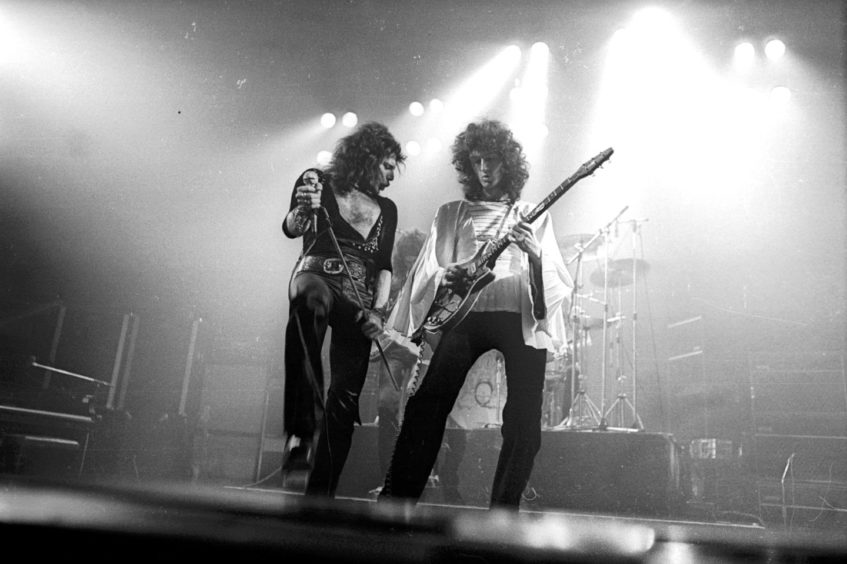
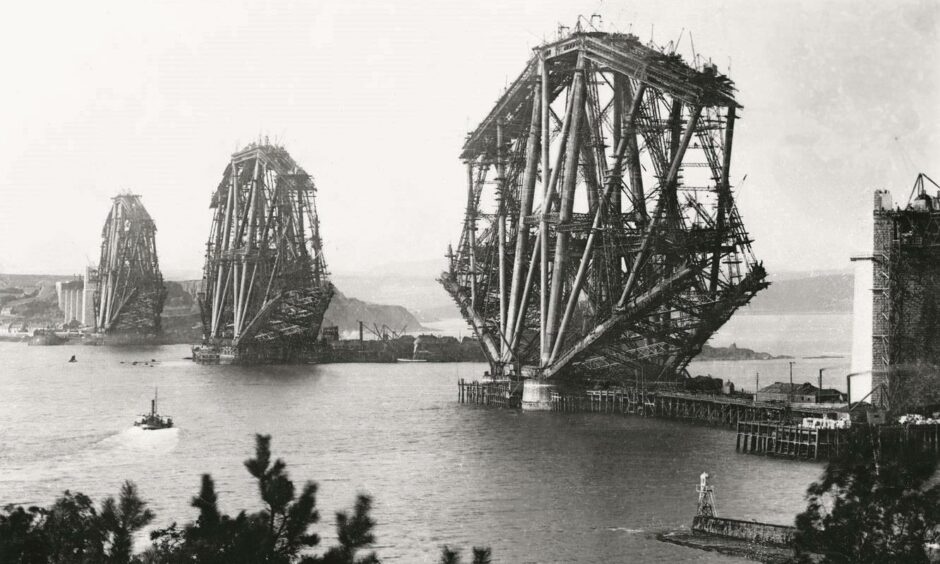
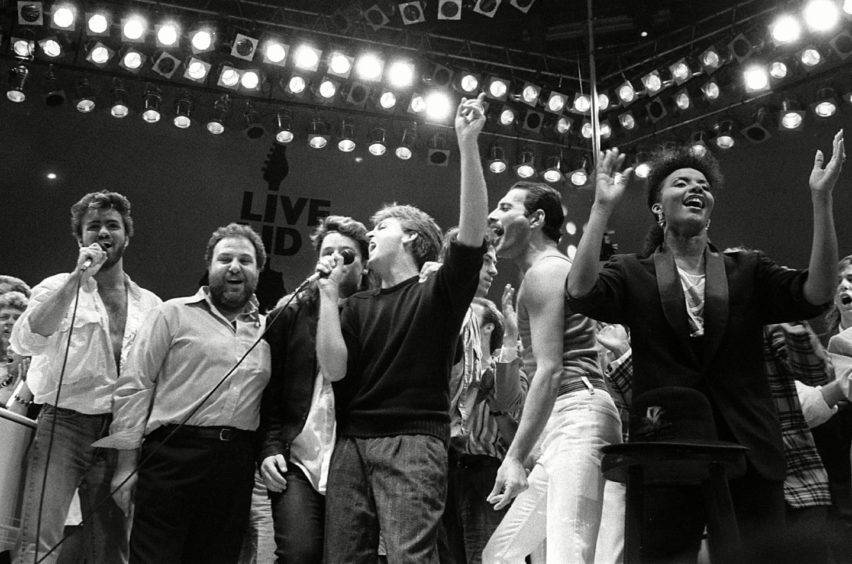
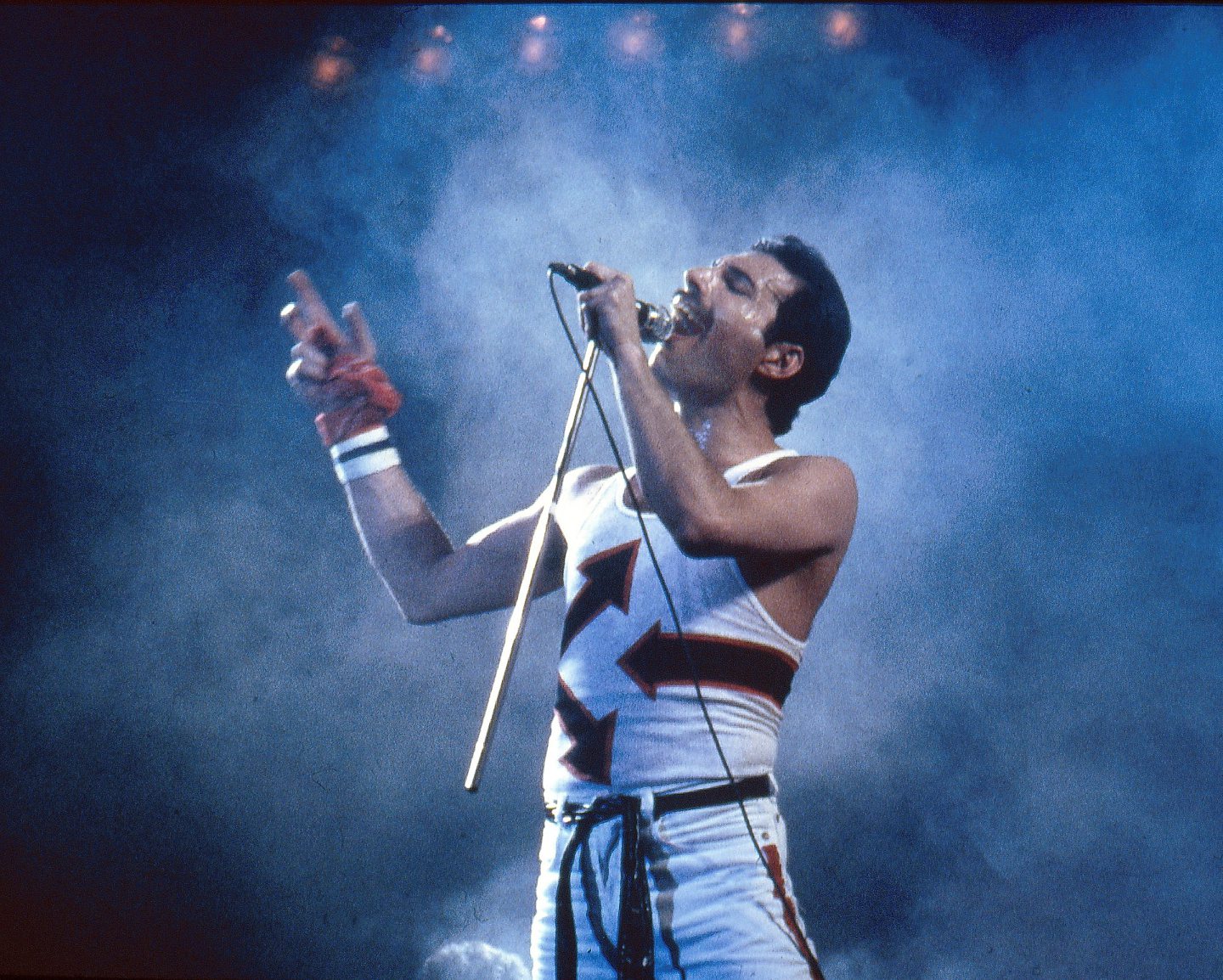
Conversation